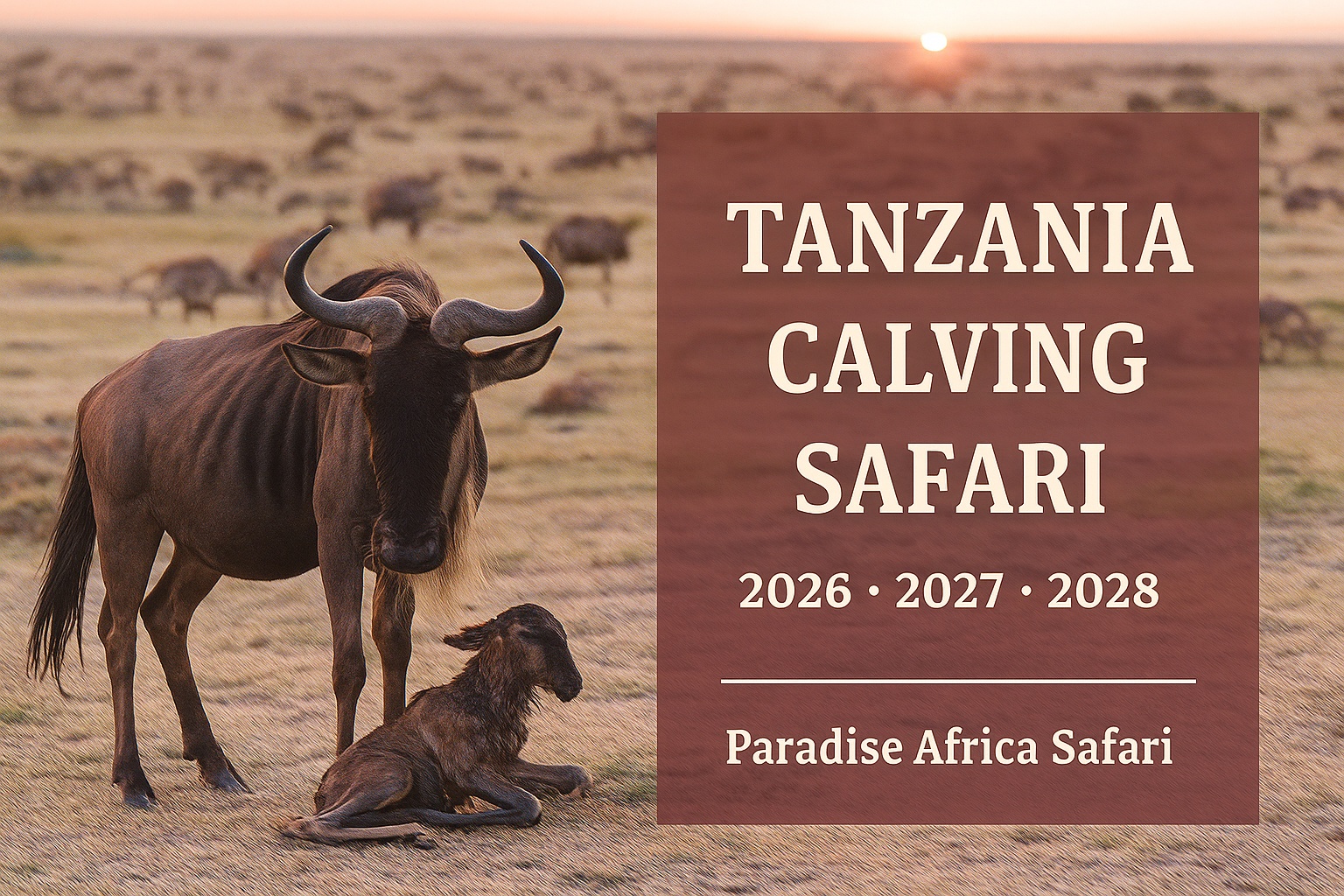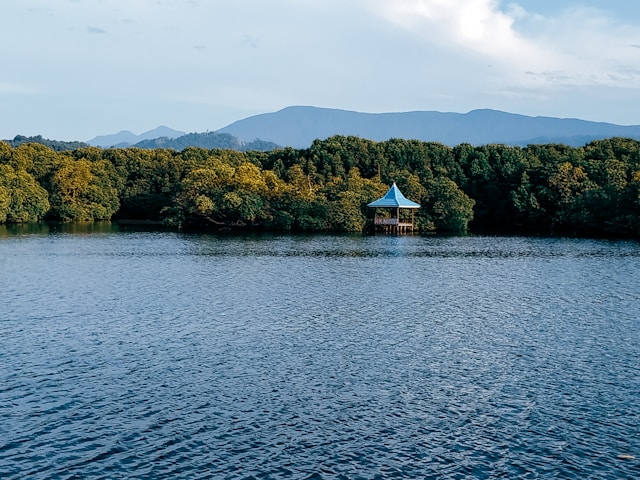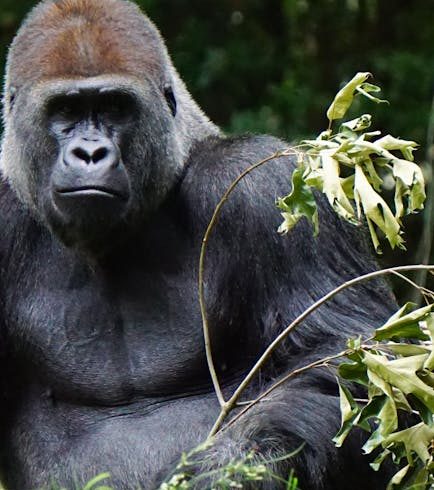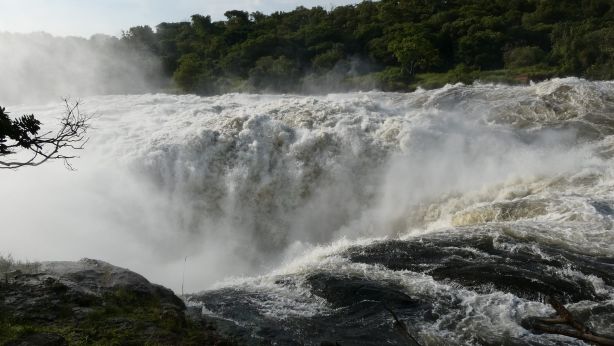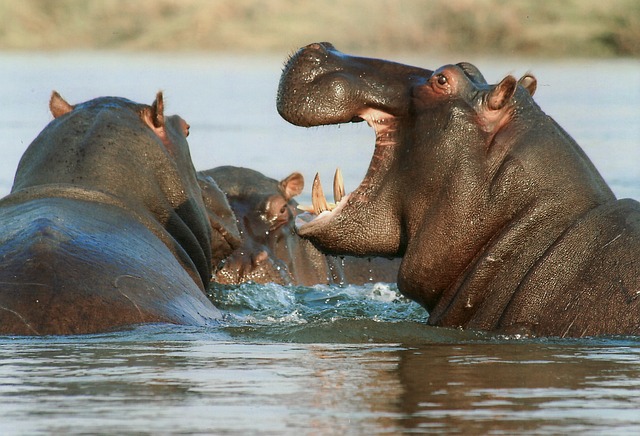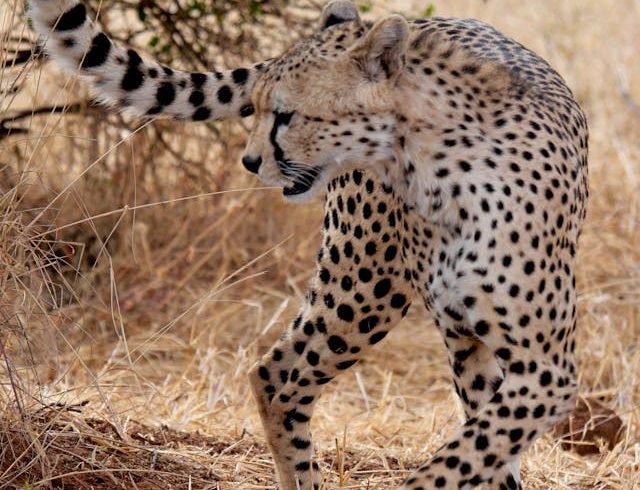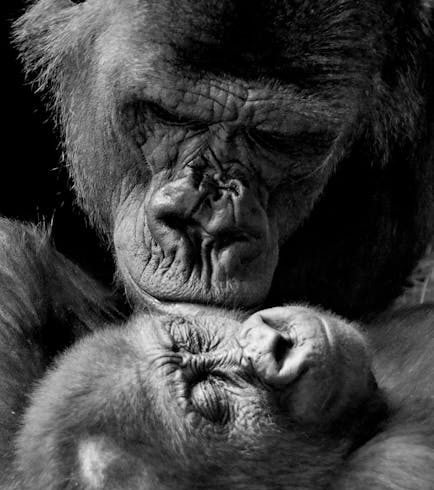Ultimate Guide to Tanzania Calving Safari Tours 2026 / 2027 / 2028
Experience the miracle of life in the Serengeti — where over 500,000 wildebeest calves are born each season.
When is the Calving Season in Tanzania?
- Time Frame: January to March (peak in February).
- Location: Ndutu region – southern Serengeti & Ngorongoro plains.
- Why special: Thousands of calves born daily amid lush green plains and intense predator action.
- Best Viewing: Stay 3–5 nights around Ndutu for front-row action and photography.
Each year, an estimated 8,000 calves are born daily during the peak weeks of February — creating a powerful display of life and survival in the wild. (The Wild Source)
Why Go on a Tanzania Calving Safari?
The calving season offers a rare chance to witness the start of the Great Migration cycle — a journey that defines East Africa’s ecosystem. It’s not just about numbers; it’s about raw emotion, drama, and beauty. Photographers love the soft light and contrasts of newborns against vibrant green grasslands, while nature enthusiasts marvel at the circle of life.
- Observe newborn calves taking their first steps within minutes.
- Witness hunting predators (lions, cheetahs, hyenas) in real action.
- Enjoy lush landscapes and spectacular skies after the short rains.
- Experience a more exclusive atmosphere than the busy river-crossing months.
Best Months to Visit for Calving Season (2026–2028)
| Year | Ideal Months | What to Expect |
|---|---|---|
| 2026 | January – March | Peak in February with lush green backdrops and easy access roads. |
| 2027 | January – March | Predators highly active; many photography safaris scheduled mid-season. |
| 2028 | January – March | Expect similar timing; book early to secure top Ndutu camps. |
Rainfall patterns determine the exact location of the herds each year, but Ndutu remains the most reliable area to see the births. For updated movement reports, check the Tanzania National Parks Authority (TANAPA).
Top Areas to Experience Calving in Tanzania
Ndutu Region (Serengeti South / Ngorongoro Conservation Area)
The heart of the action — flat open plains, thousands of births daily, and a dramatic mix of predators and prey. Lodges like Ndutu Safari Lodge or mobile camps position you right in the center of the action.
Southern Serengeti Plains
A broader stretch of grasslands supporting the massive herds. Ideal for those wanting fewer vehicles and panoramic scenes of the migration spread across the plains.
Complementary Parks for Variety
- Ngorongoro Crater – World Heritage site with dense game concentration.
- Tarangire National Park – Elephants and baobab forests.
- Lake Manyara National Park – Flamingos and tree-climbing lions.
Sample Calving Safari Itineraries 2026 / 2027 / 2028
7-Day Ndutu Calving Safari Itinerary
- Day 1: Arrive in Arusha – overnight at Arusha Coffee Lodge.
- Day 2: Drive to Southern Serengeti – game drive en route – overnight at Ndutu Camp.
- Day 3–5: Full days in Ndutu Plains – witness wildebeest births and predator hunts.
- Day 6: Drive to Central Serengeti – optional balloon safari.
- Day 7: Return to Arusha or fly out to Zanzibar for relaxation.
9-Day Calving + Big Five Adventure
- Arusha → Tarangire → Lake Manyara → Ndutu → Serengeti → Ngorongoro Crater.
- Combines the birth season with Tanzania’s iconic Big Five parks.
- Perfect balance of wildlife action and scenic diversity.
View more options on our Tanzania Safari Itineraries page.
Cost & Logistics of Tanzania Calving Safaris
Prices vary by accommodation type, group size, and mode of travel. Below is a rough guide for the 2026–2028 seasons:
| Safari Type | Estimated Cost (Per Person) | Inclusions |
|---|---|---|
| Budget Safari | USD 2,500 – 3,200 | Shared vehicle, basic lodges, park fees, meals. |
| Mid-Range Safari | USD 3,500 – 5,000 | Comfort lodges, 4×4 jeep, experienced guide, airport transfers. |
| Luxury Safari | USD 6,000 – 9,000+ | High-end lodges, private vehicle, balloon safari, charter flights. |
We recommend booking 6–12 months in advance to secure Ndutu camps and guarantee permits during the peak weeks of February.
What to Pack for a Calving Safari
- Lightweight neutral-tone clothing (khaki, olive, sand).
- Light jacket/raincoat for showers.
- Sun hat, sunscreen, sunglasses.
- Binoculars & camera with telephoto lens (200 – 400 mm).
- Insect repellent, malaria prophylaxis, first-aid kit.
- Comfortable walking shoes/hiking sandals.
- Power bank & extra batteries.
Meet Your Guides & Our Commitment to Conservation
All our Tanzania calving safaris are led by KPSGA-certified guides with over a decade of field experience. Paradise Africa Safari is a registered member of KATO and supports community and wildlife conservation projects across Tanzania and Kenya. We partner with responsible lodges that prioritise sustainability and local employment.
“Our mission is to deliver authentic African safari experiences with a personal touch, no matter your budget.”
Start Planning Your Calving Safari Today
Whether you dream of a luxury camp under the stars or a classic budget adventure, we customize tours for every traveler type and budget.
💬 Chat with John on WhatsApp Now
Or contact us via email to receive your tailor-made quote.
Frequently Asked Questions (FAQs)
When is the calving season in Tanzania?
From January to March, peaking in February. Thousands of wildebeest give birth daily across Ndutu and southern Serengeti.
Where is the best place to see the calving season?
The Ndutu region within Ngorongoro Conservation Area is the epicentre of the event. Southern Serengeti is also ideal for extended game drives.
How much does a Tanzania calving safari cost?
Expect USD 2,500 – 9,000+ per person depending on accommodation, group size, and optional activities such as hot air balloon rides.
Can I combine calving season with a Zanzibar beach holiday?
Yes! Many travellers finish their safari with a few nights on Zanzibar’s beaches — an easy flight from Serengeti or Arusha.
When should I book my 2026 calving safari?
At least 6–12 months in advance for the best lodge availability and rates.

